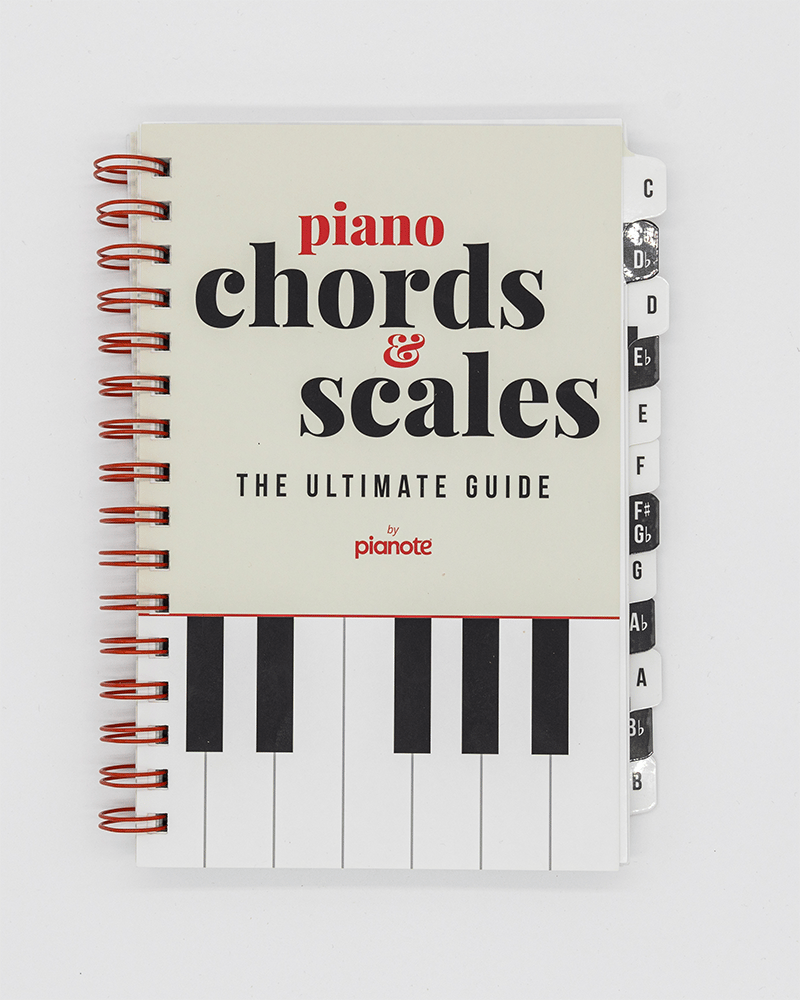Arpeggios are one of the musical building blocks in piano music. And they sound beautiful!
You want to practice your arpeggios…but practicing anything over and over can sound boring. So, we’ve introduced an epic and cinematic way to practice your arpeggios in this lesson. You’ve never seen arpeggio practice like this before!
We’ve included a backing track to enhance your practice session! Pianote Members can find this track in the Pianote Members Area. If you’re not a Member yet, here’s a free trial!
Or, input your email to grab just the backing track. You’ll be subscribed to our emails, but don’t worry, you can unsubscribe any time 🙂
The way this track is designed, the background music ebbs and swells along with your progression. It’ll sound super nice and cinematic.
This practice routine sounds so good because we’ll be using a two-part chord progression. Here’s what that looks like:
Section A:
F#m – D – A – C#
Section B:
D – Dm – A – C#
Beginners: if you’re new to chording, check out our How to Play All Piano Chords lesson or check out some of the other chording lessons on this site.
If you’re new to these chords, start with just playing and holding the chords in their root position first. Then, play these chords broken. Then, once you’re familiar with the notes, try some variations:
You can also switch the focus between your right and left hands. Or play broken chords hands together. Improve strength and dexterity in both hands.
Then get the Piano Chords & Scales book, the handiest resource for piano players! This gorgeous book features full-color diagrams of common scales and chords in all their inversions in every key. Simply use the handy tabs to flip to the key you need.

Lisa Witt has been teaching piano for more than 20 years and in that time has helped hundreds of students learn to play the songs they love. Lisa received classical piano training through the Royal Conservatory of Music, but she has since embraced popular music and playing by ear in order to accompany herself and others. Learn more about Lisa.
/marketing/pianote/promos/april/banner-bg-m.webp)
We use cookies for traffic data and advertising. Cookie Policy »
/marketing/pianote/promos/april/banner-title.webp)